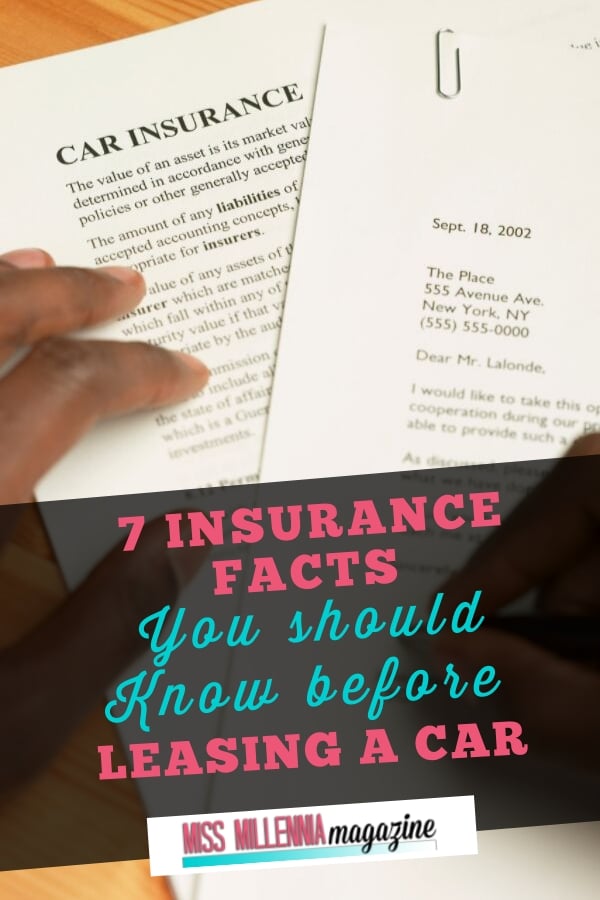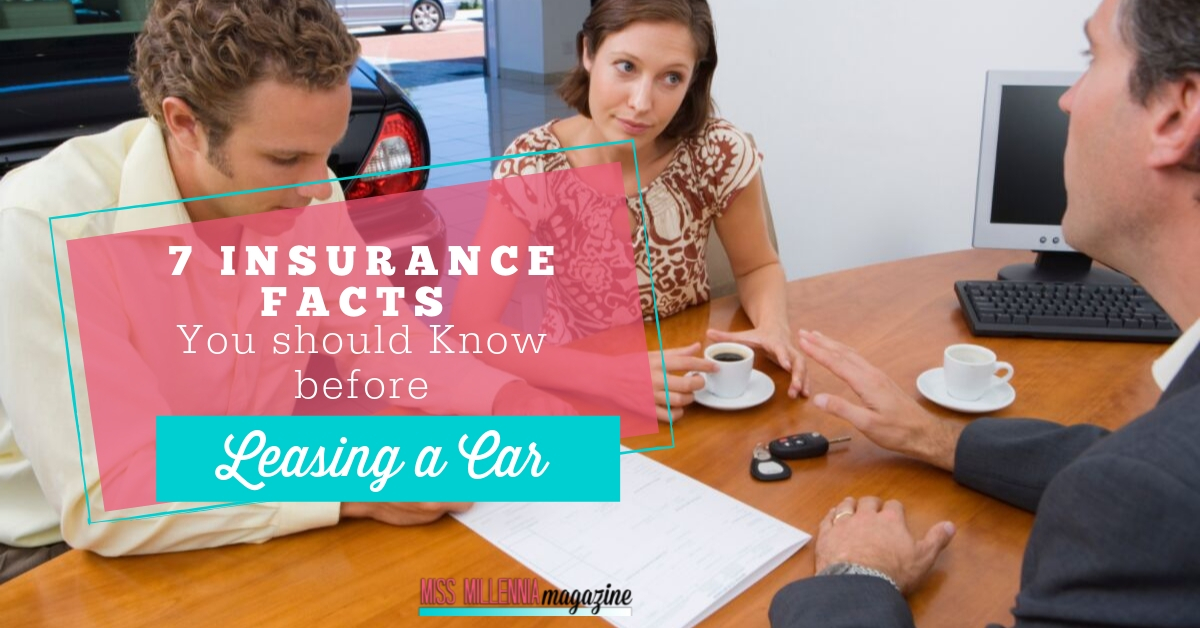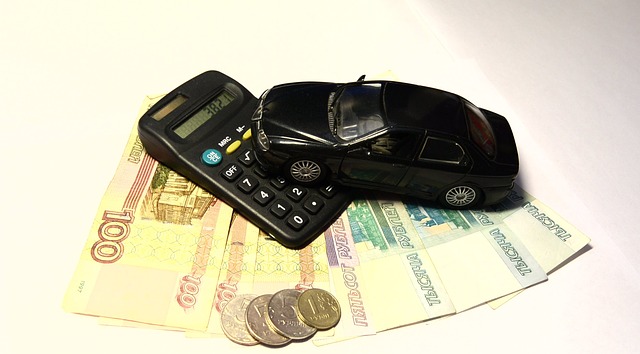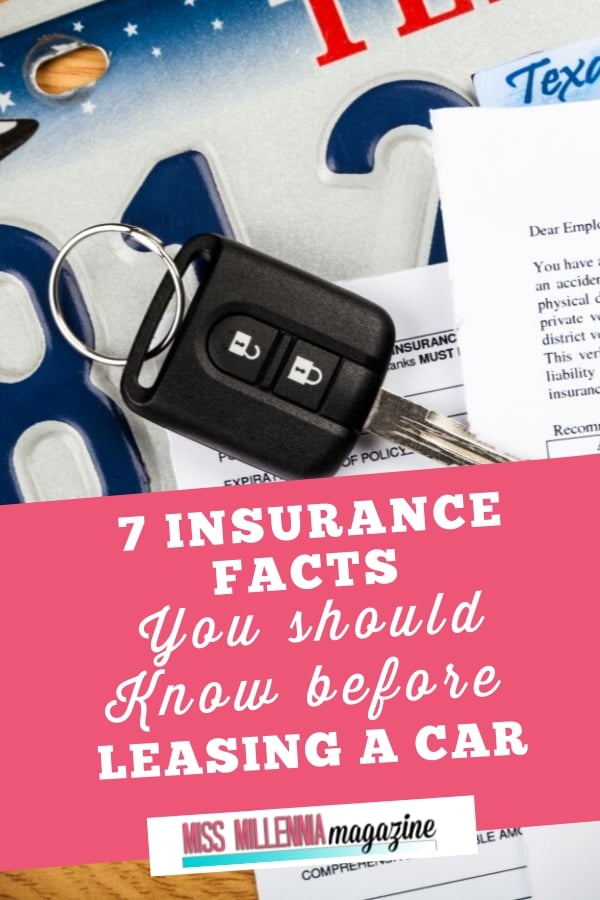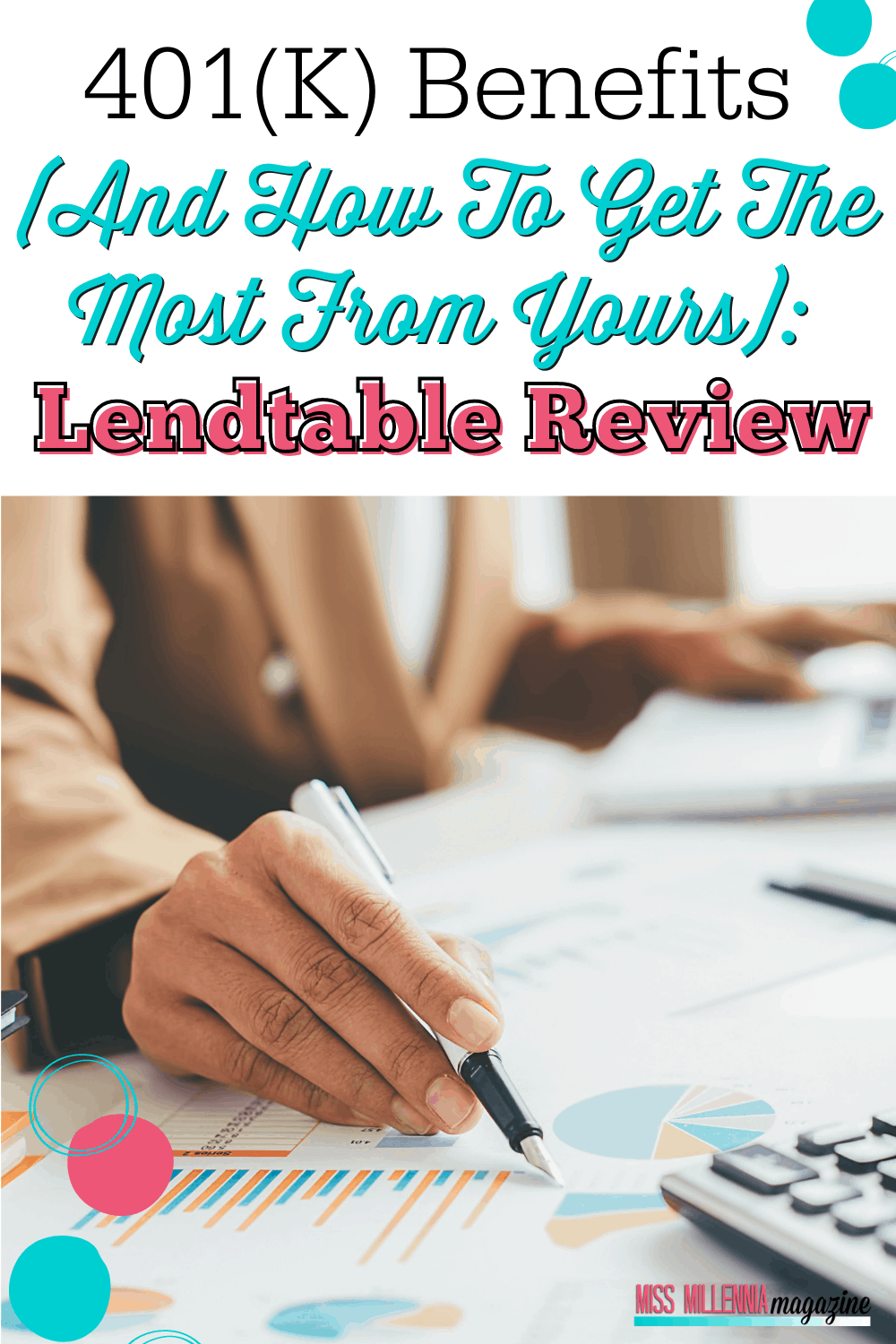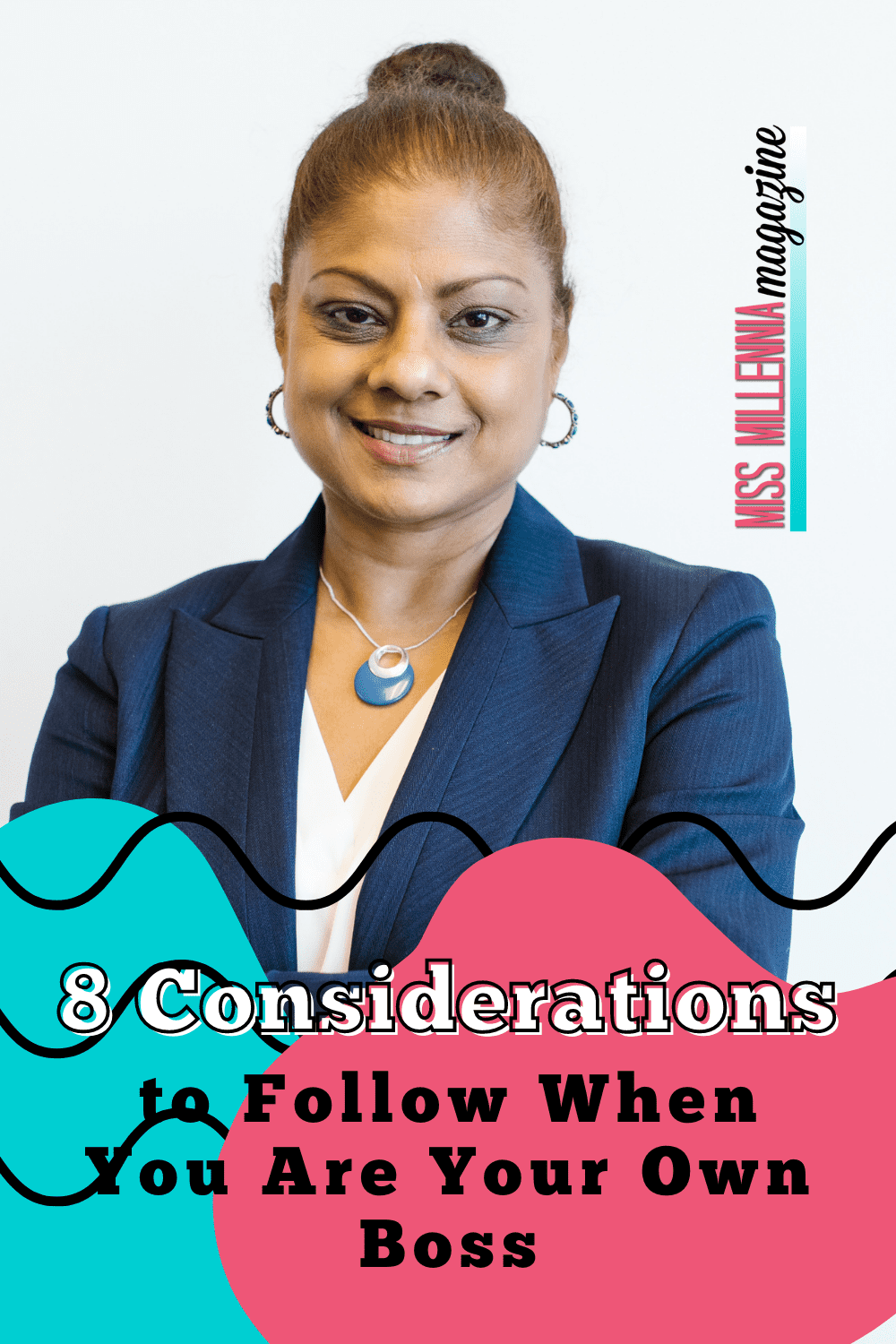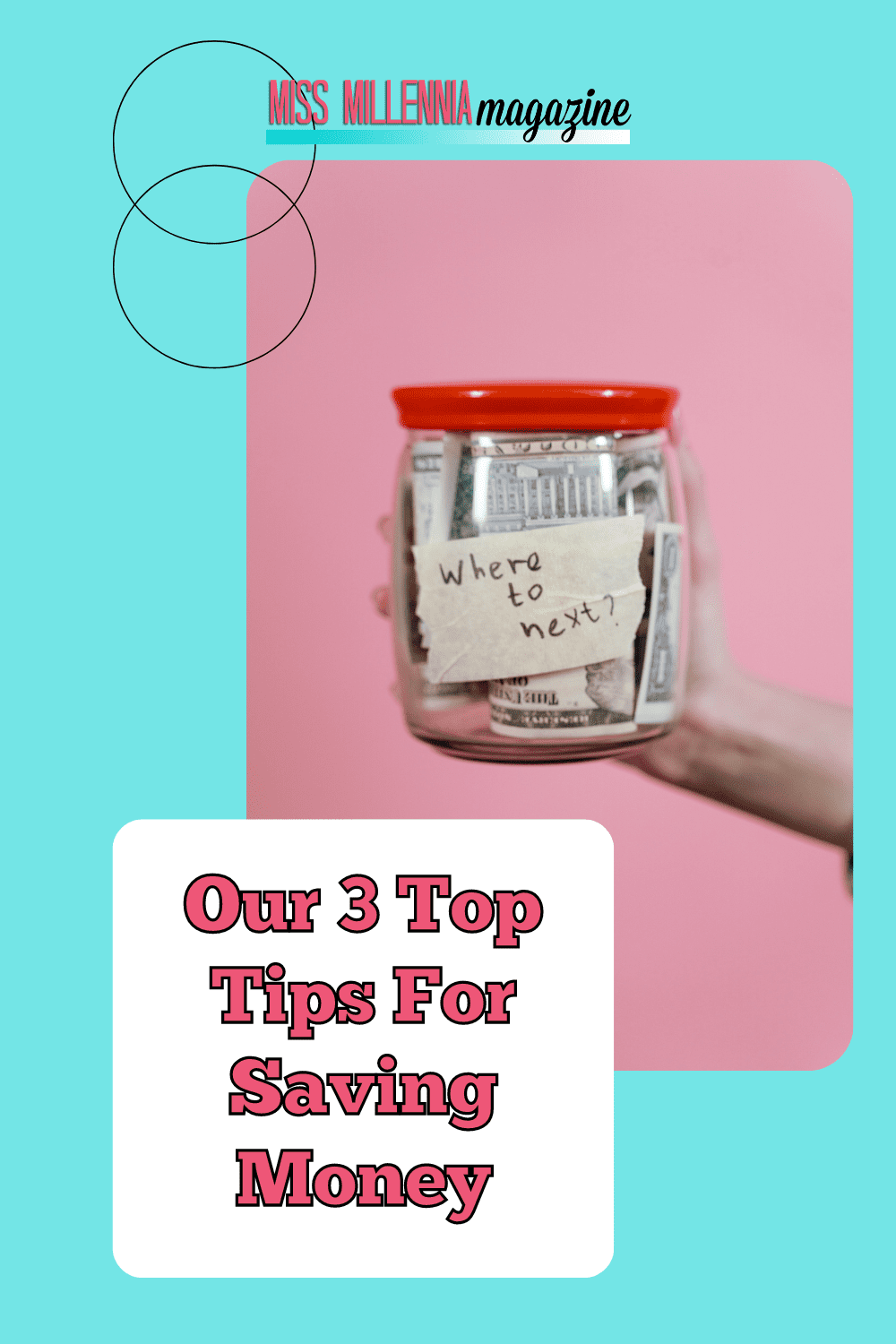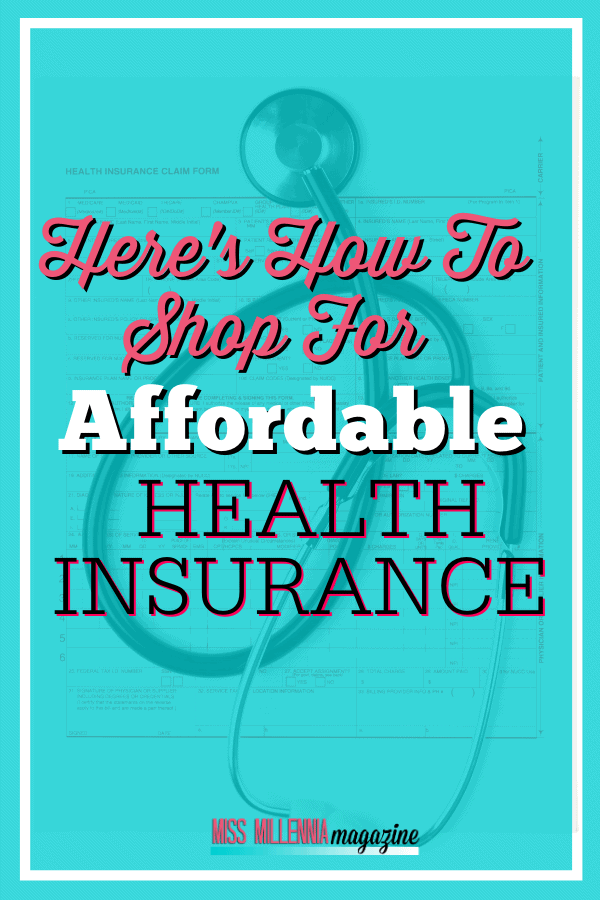7 Insurance Facts You should Know before Leasing a Car
Did you know that car leasing has grown by 91% over the last five years? In fact, one-third of millennials choose to lease a car over buying one because of the attractive perks that come with leasing and amazing deals exclusive to online clientele. Companies are also joining the bandwagon and leasing cars for their personnel. Unfortunately, renting a vehicle also comes with higher insurance payments than buying one. Here is a look at seven insurance facts you should know before leasing that car;
1. You need gap insurance.
In the car is stolen or totaled, you will lose both the vehicle and the money you have been paying to the car dealership if you don’t have gap insurance. Gap insurance is not mandatory, so many people overlook it. Gap insurance can save you a whole lot of grief because your usual insurance coverage won’t pay you if the car is stolen or written off. Some lease agreements already have gap insurance but be sure to take one if they don’t offer it.
2. You need collision and comprehensive coverage
Unlike in the case of buying a car, you cannot get away with just having liability insurance. The car dealership or financing company needs to know that their vehicle is protected in case of an accident or vandalism. On top of the mandatory liability insurance, most dealers will require you to take collision and comprehensive coverage to take care of their car in case of any eventualities.
In some states, you also need to take uninsured or underinsured motorist coverage to pay for your medical bills in case you are hit by a motorist who is underinsured or not insured at all. Alternatively, you can take personal injury protection cover because it will do the same thing.
3. Your liability insurance may be higher
Every state requires you to have minimum liability insurance, but the dealership may need more than that. They may require your limit to be higher than the minimum and a lower deductible. This is to ensure that the insurance will be able to cover every cost and use new spare parts as opposed to second-hand parts. However, if you plan on extending your lease, you can keep your insurance cover instead of getting a new one. You will also need to update your insurance with new vehicle information if you trade in the car with a newer model.
4. You don’t own the car
When you have bought a car, you take insurance coverage with your name because you own the vehicle. However, when you lease one, the car still belongs to the dealership, so the insurance coverage covers them and not you. Make sure to be clear about that when applying for insurance because it can end up messing things up later on. Owning a car also has its packs. For instance, you are not limited to the mileage, which is an advantage if you plan on using the car for long-distance travel.
5. Auto insurance is part of the initial fee
Car insurance is one of the components in a lease agreement and part of the down payment. This is why you should check to see if the lease agreement has gap insurance and what else it covers. However, it doesn’t mean you don’t need your own insurance. In fact, you can’t drive away with your car before you show proof that you have already insured their vehicle.
6. You can save on insurance
Insurance premiums can be costly, but there are ways to navigate this and save a little cash. If you are leasing cars for your company, for instance, bundles the insurance up and might get a discount. Also, you can bundle your home insurance with your car insurance to qualify discounts on automobile insurance. Also, ask the lease company if the vehicle comes fitted with an anti-theft device or passenger restraint system. This coupled with an accident-free driver’s license, could save you a neat sum depending on your insurer and where you live.
7. You might pay for original parts
Some leasing companies require that if any repairs need to be made after a comprehensive or collision claim, Original Equipment Manufacturer (OEM) parts must be used. OEM parts are more expensive compared to after-market parts. However, you can get low-cost options available that come with your car lease insurance policy. It will cover the cost between factory parts and generic parts, which will be a significant saving on your part. Be sure to confirm with the leasing company before signing on the dotted line.
Insurance coverage differs from one company to another. It is, therefore, vital that you get several quotes from different companies. If you do your due diligence, you will also find amazing ways to lower your insurance coverage. You cannot drive a car without it, which makes it vital for you to know all the facts.

